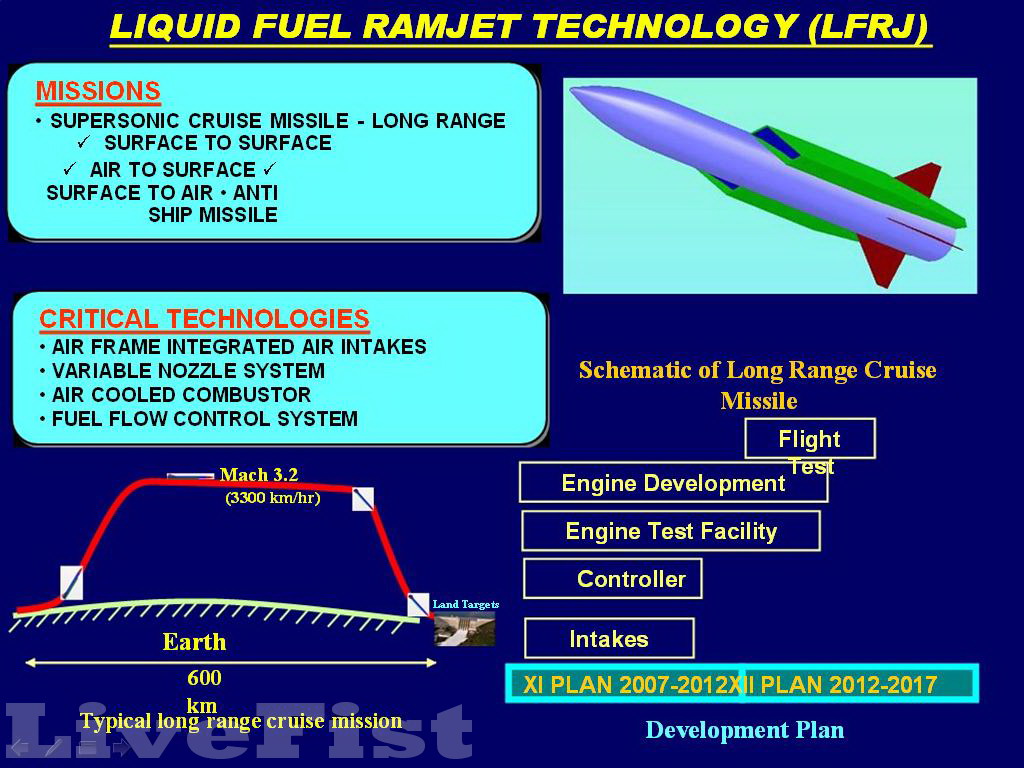Endurance mode user trial of NMRLs Land-based Prototype (LBP) for Air Independent Propulsion (AIP) complete.
Endurance mode user trial of Land-based Prototype (LBP) for Air Independent Propulsion (AIP) System for submarines for a period of 14 days was successfully completed at Naval Materials Research Laboratory (NMRL), Ambernath, on 2 December 2017.
Primary performance parameters as per trial directives were met satisfactorily. The endurance trial was carried out in presence of Indian Navy and part of the plant was operated by Navy’s representatives. Easy operability and safe operation of the plant was appreciated by the user.
The AIP, developed by Naval Materials Research Laboratory (NMRL) is a 250 kW Phosphoric Acid Fuel Cell (PAFC) based system, that allows up to 14 days of underwater endurance for a submarine running solely on power supplied by this system.
NMRL’s AIP system incorporates a set of innovations that make it a rather contemporary system. For one, NMRL’s AIP package has an onboard hydrogen generation plant, which produces hydrogen ‘in situ’ that too without any combusion, unlike many other AIP configurations where hydrogen for a mission has to be carried on board in tanks.
PAFC has much longer service life than any other commercially viable FC type and has much better tolerance to impurities in the reactants used even when compared to polymer electrolyte fuel cells (PEMFC). But, PAFC operating temperatures are usually higher in comparison to PEMFC and overall power to weight ratio is lower.
The PAFC is designed such that series/parallel stacks can be used for power generation levels of up to 500 kw, this modularity of NMRL’s AIP solution enable it to be used in submarines other than the Scorpene as well. This also naturally increases the survivability of the system, since even if one of the modules fails, the control system for the PAFC stacks can reconfigure the remaining operational units to continue to supply power output, albeit at a reduced quantum.
The development of an indigenous AIP system by DRDO and its complete domestic industrialization is a significant milestone in the development of FC technology in India. Apart from the Scorpene programme, whatever diesel-electric submarine design is chosen for construction under Project-75I is also likely to be a recipient of NMRL’s AIP solution.





